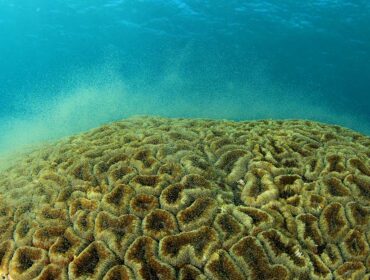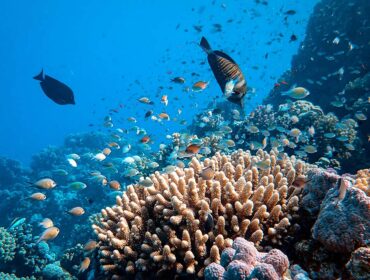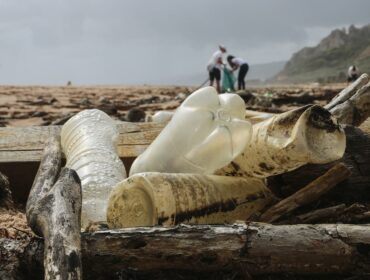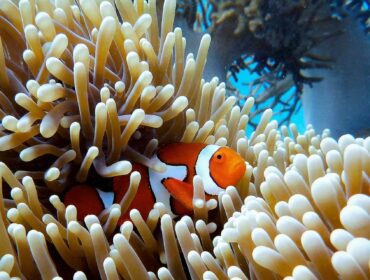We recently spent a lot of time covering oceanic plastic pollution, the effects of which are undeniable and impossible not to see on a daily basis. However, within segments of our world’s oceans lies an even more perilous threat to marine mammals and other oceanic wildlife: underwater noise pollution.
There are many forms of underwater noise pollution, most of which originate with commercial shipping vessels, military ships, oil and gas exploration, geophysical research, oceanic research, and underwater construction.
In some parts of the ocean, these sounds are almost incessant; where one trails off, another starts anew. The fact that these sound waves travel so extensively through the water column is why a growing number of marine scientists are urging nations with important marine life habitats to change their strategies.
Cetaceans (whales and dolphins) use sonar, or echolocation to locate predators, prey, and each other for social and breeding purposes. When these signals are interrupted or scrambled by interfering underwater noise or sonar, it’s not just a matter of being unpleasant to “hear.” Underwater noise pollution has proven grave effects on marine life, causing mass strandings and impaired health due to disrupted feeding, all of which ultimately lead to preventable fatalities.
Studies published first in 1996, and then repeated in 2003 showed that whales can experience decompression sickness, an ailment well-known to the scuba diving community. Panicked by the foreign sonar, whales ascend quickly to the surface, causing bubbles to form and manifest symptoms that are consistent with barotrauma. A military sonar experiment conducted in the Bahamas by the US Navy in 2000 yielded 17 beached whales that were all bleeding from their eyes and ears, 7 of which were already dead upon arrival.
Disrupting the signals these animals use for communication also results in depletion of the species, as mating calls aren’t as effectively transmitted and received in a quagmire of underwater noise pollution. Many species of whales do not reach sexual maturity until they are at least five years of age, but some, like the male sperm whale, do not start breeding until 20 years of age! That means cetaceans must be able to survive at least five years in order to get a chance at reproducing, but reaching four times that number will be ever more difficult if measures are not taken to curb underwater noise pollution.
In 2008, the US government attempted to render its military exempt from environmental laws put in place to protect cetaceans off the California coastline. A federal judge rejected that effort, which was upheld by the 9th US Circuit Court of Appeals. Their ruling was that “the Navy must be environmentally responsible when training with high intensity sonar, and that doing so would not interfere with military readiness.”
Much research has been and will continue to be compiled on the effects of underwater noise pollution on marine life, which include recommendations for mitigation. Check out this video for a comprehensive look at just how treacherous our busy waterways and deepwater activities are for species that inhabit these areas.





